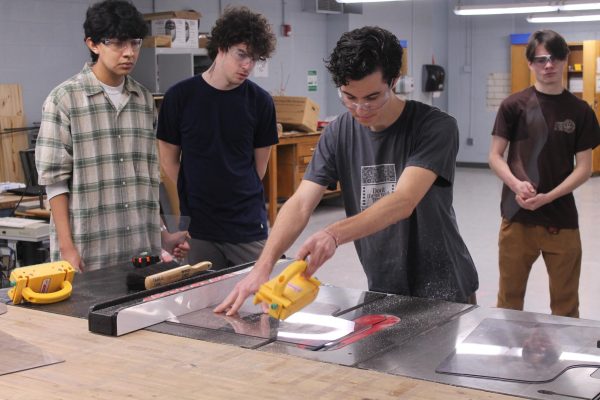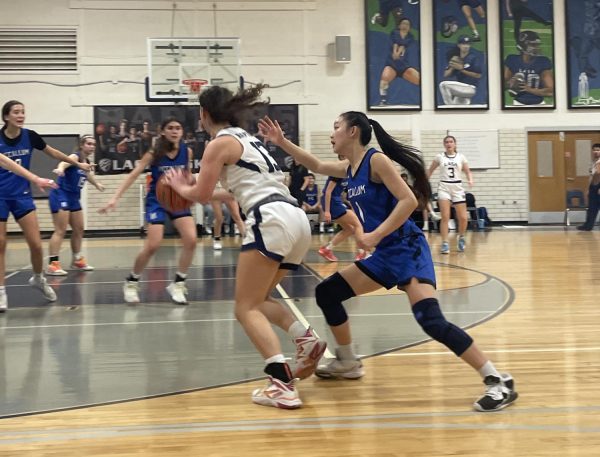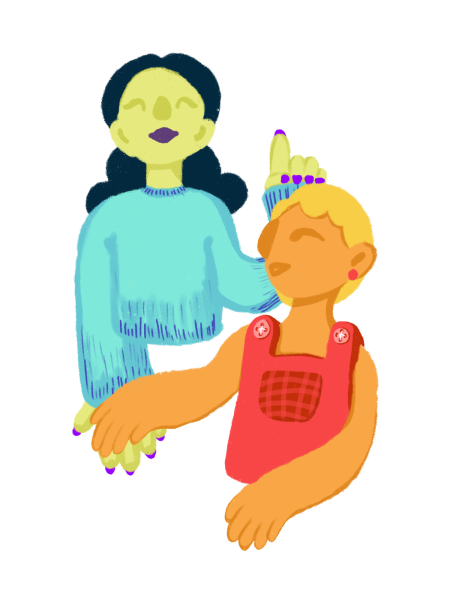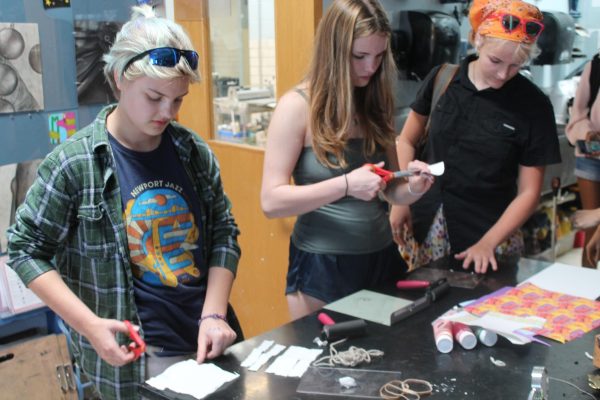How the Liberator is Made
October 11, 2019
Every six weeks, a new issue of the LASA Liberator is distributed throughout the school and, stacks of newspapers are placed on the desks in every classroom for the students to take their copy. But how is the Lib made? What kinds of editing and processes does it take to get the newspaper from a simple concept to a sixteen-page paper?
The creation cycle happens during each six week grading period. During this time, stories are pitched and written, pages are formatted, graphics are made, and the newspaper is put together and prepared to print.
The first thing to happen in every creation cycle is pitches. Staffers, editors, or anyone in the Newspaper Club can pitch stories for the newspaper or website. The only requirement is if it fits in a specific section, like News, Commentary, or Entertainment, as well as how current it is. After everyone pitches, the section editors choose what stories they want for their sections. This is how the pitches get whittled down from over a hundred to about fifty, ten for each section.
After pitches are decided by section editors, people get to choose what stories they want to write. Staffers, editors, and club members can all write stories for the Lib. People who aren’t officially a part of the club can write, too, if they come to Mr. Garcia’s FIT session and talk with him about writing stories. Choosing what stories people want to write makes it easier to spread out the workload, as well as the viewpoints for editorial-style stories like Commentary stories and some Entertainment stories.
The writing of the stories takes the majority of the cycle, with time being spent researching topics, interviewing people, and drafting the story. It takes a while to get a story written from start to finish, and that’s only half the battle. Once stories are finished and submitted, section editors will edit the stories to fit with the guidelines of the newspaper. Editing stories usually takes about less than a week, and once they are finished, edited and all, they go on the pages.
But, to backtrack a little, how are the pages themselves made? The section editors have to make their pages as well as write and edit stories, and this is very challenging. The most important thing to determine is a word count for a story because if stories are too long, they cannot fit on the page, and hence cannot end up in the newspaper unless they are shortened. To decide on word counts, editors have to format a rough design of what the page looks like and make an estimate on word count based on placeholder text.
Once stories are put on the page, editors have to put in the graphics made by the graphics editor (or themselves) during the creation cycle. Last-minute changes are made to make sure that everything looks nice on the page, then it’s printed!
After, the newspapers are sent to the classroom they are distributed throughout the school. Then, staffers and editors go through the printed newspaper to find mistakes that can be corrected for next time. The printed and distributed newspaper goes through some edits to ensure that mistakes don’t get repeated in the next issue, and then the cycle starts over once again.







